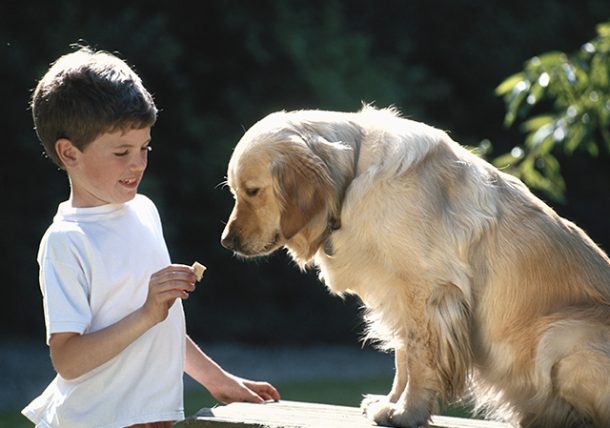12 Foods Safe to Feed Your Pets

We hear about many foods that we should not feed our pets, such as chocolate, grapes and raisins, macadamia nuts, onions, garlic and anything sweetened with xylitol. But we still find it difficult to avoid tossing something under the table when that irresistible face is staring at us. So what can we safely feed our healthy pets? Pets with a health problem such as heart disease, food allergies or diabetes should only get treats under a veterinarian’s supervision. Also, treats should make up no more than 10 percent of your pet’s dietary intake, and it should be even less if your pet is overweight.
Food you can safely feed your pet when no one else is watching:
Carrots: These are full of vitamins and high in fiber.
Green beans: A great choice for dogs and cats, even those with a weight problem, because green beans are low in calories, full of fiber and contain vitamins and iron. Avoid the ones with added salt.
Plain yogurt: This treat contains protein and calcium, as well as active cultures that may aid digestion. Avoid ones with added sweeteners.
Pumpkin: Canned pumpkin (not pumpkin pie filling) is a nutritious treat that can help regulate an animal’s bowels. It can help dogs and cats that have soft stools or problems with constipation. It’s a great source of fiber and vitamin A.
Eggs: Every now and then, it is perfectly fine to scramble or hard boil an egg for your pet without adding salt, pepper, cheese, milk or butter. They may enjoy the protein boost. Avoid feeding raw or undercooked eggs because of the risk of salmonella
Salmon: Cooked salmon is a great source of omega-3 fatty acids and a tasty treat that your dog and even a finicky cat will enjoy. Be sure the fish is served without skin or bones and doesn’t have butter, herbs, garlic, etc., on it.
Cottage cheese: This food is bland and a good source of protein and calcium. Get the low-fat version. If your dog is sensitive to dairy products, avoid this one.
Pasta and white rice: These are loaded with carbs, so use them as an occasional treat or when your pet may need something bland to eat following a gastrointestinal problem.
Apple slices: A good, crunchy treat for a dog with a “sweet” tooth, filled with vitamins and fiber. Avoid giving the core or seeds.
Peanut butter: An occasional teaspoon can be a delicious treat for your pet and is a great way to hide a pill if your pet needs to take medicine for a few days. Read the label and avoid peanut butter that contains xylitol.
Cherry tomatoes: These provide some entertainment as you watch your dog determine how to eat one, and it is another treat full of nutrients. Make sure they are ripe, and avoid letting your dog eat the stems or leaves of the tomato plant.
Oatmeal: It can be a tasty source of fiber and is a very filling source of nutrients. Do not add sugar or sweeteners, and cool it before feeding it to your pet. It’s recommended to use the old-fashioned-style oatmeal, not the packets.
There are several other fruits and vegetables that are safe for your pet, so discuss some options with your veterinarian and see how you can keep your pet healthy while sharing a meal. Remember not to overdo it when you succumb to that irresistible face!
Lori Teller, DVM is a graduate of Texas A&M College of Veterinary Medicine and lives in Houston, Texas. She practices at Meyerland Animal Clinic.

